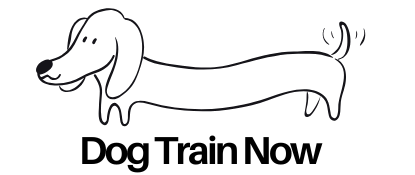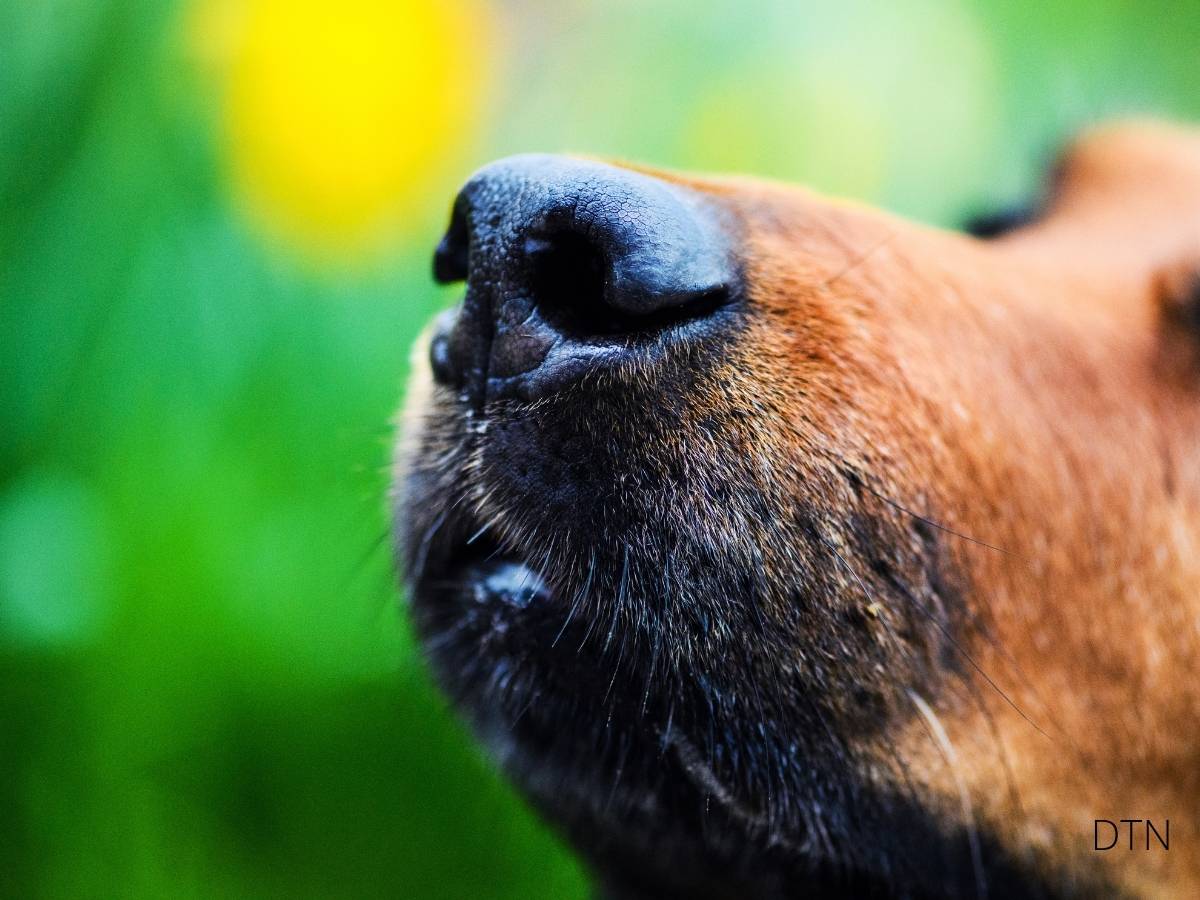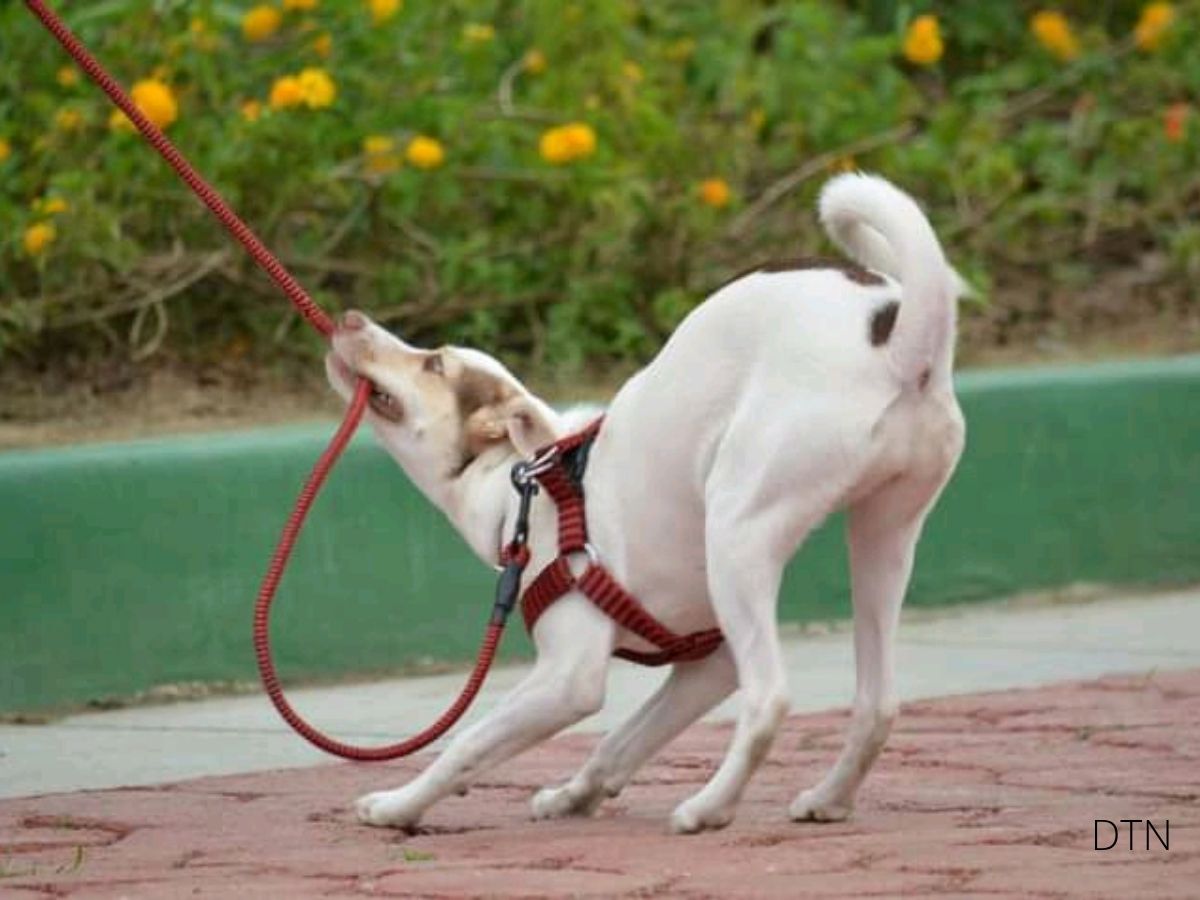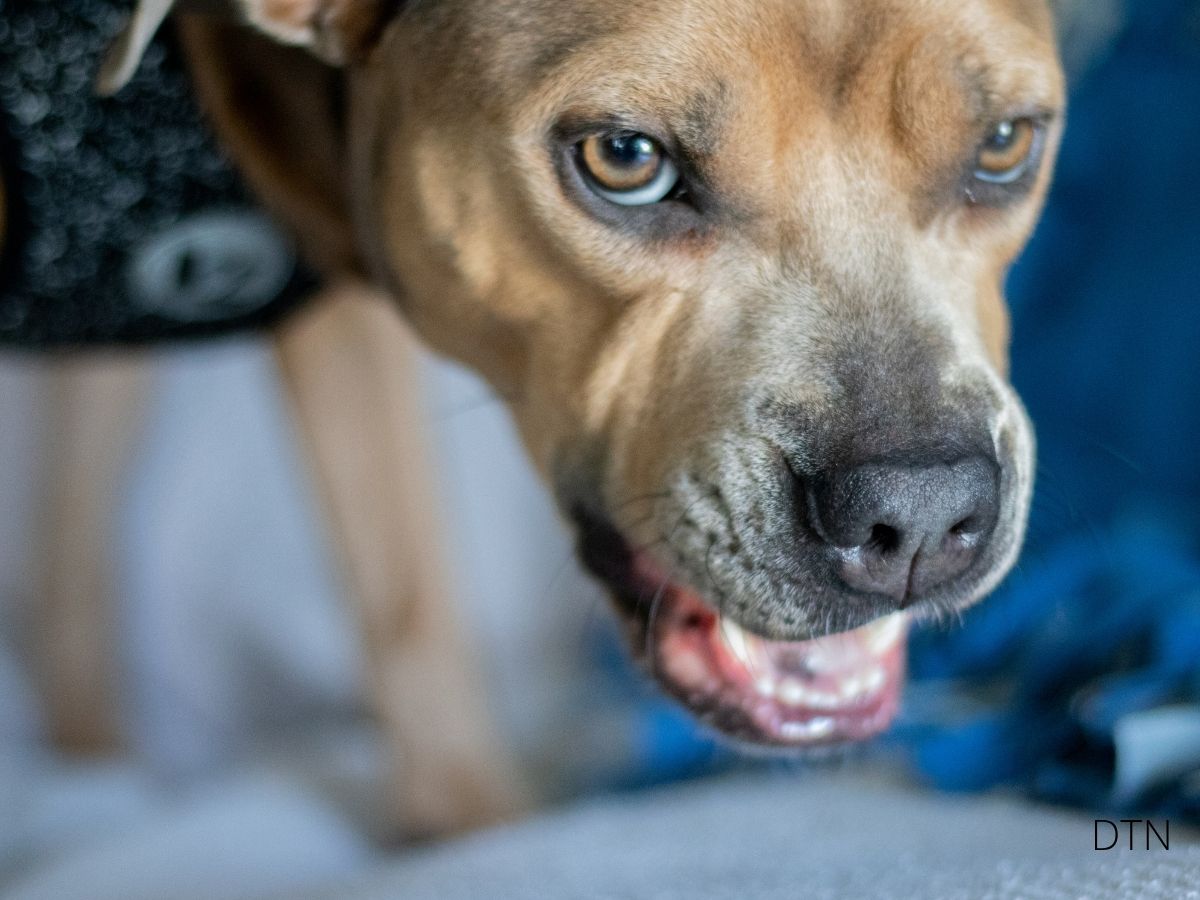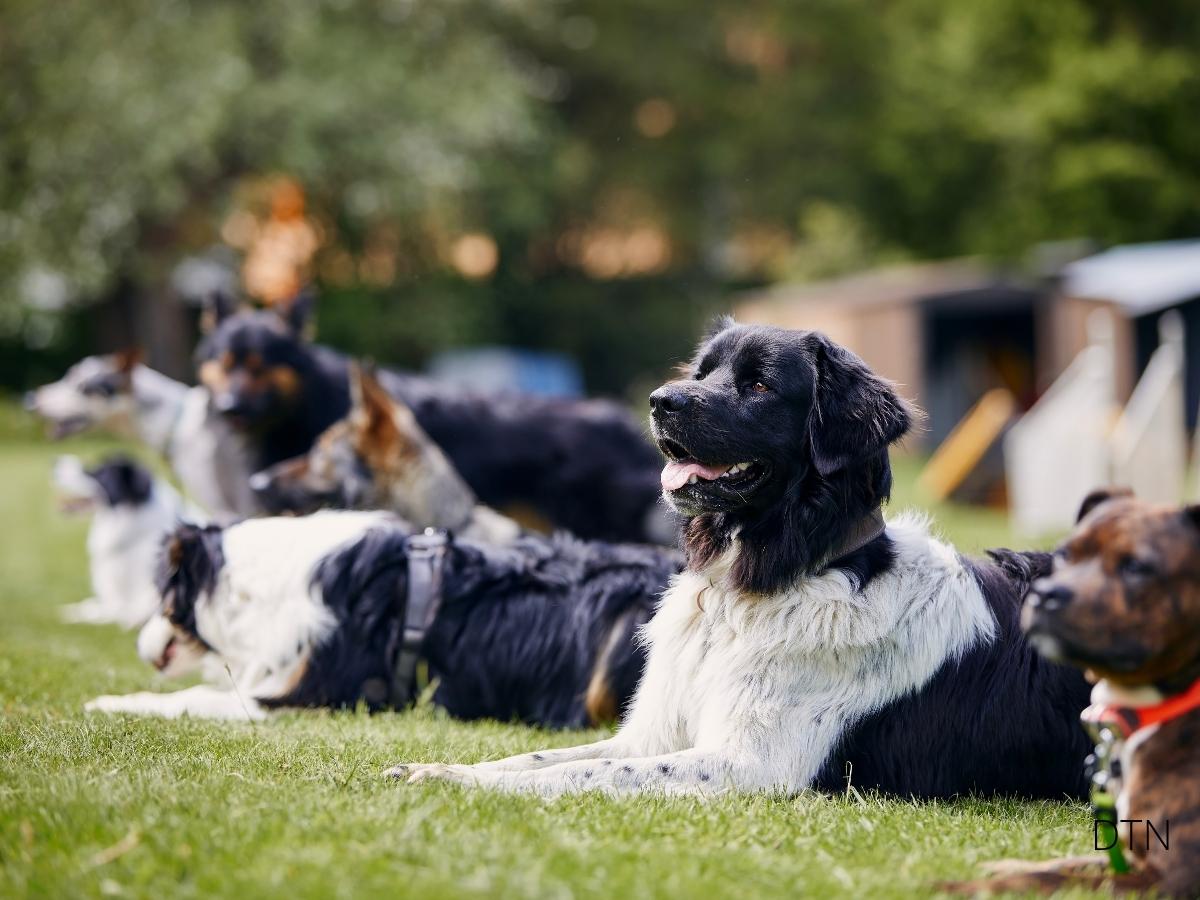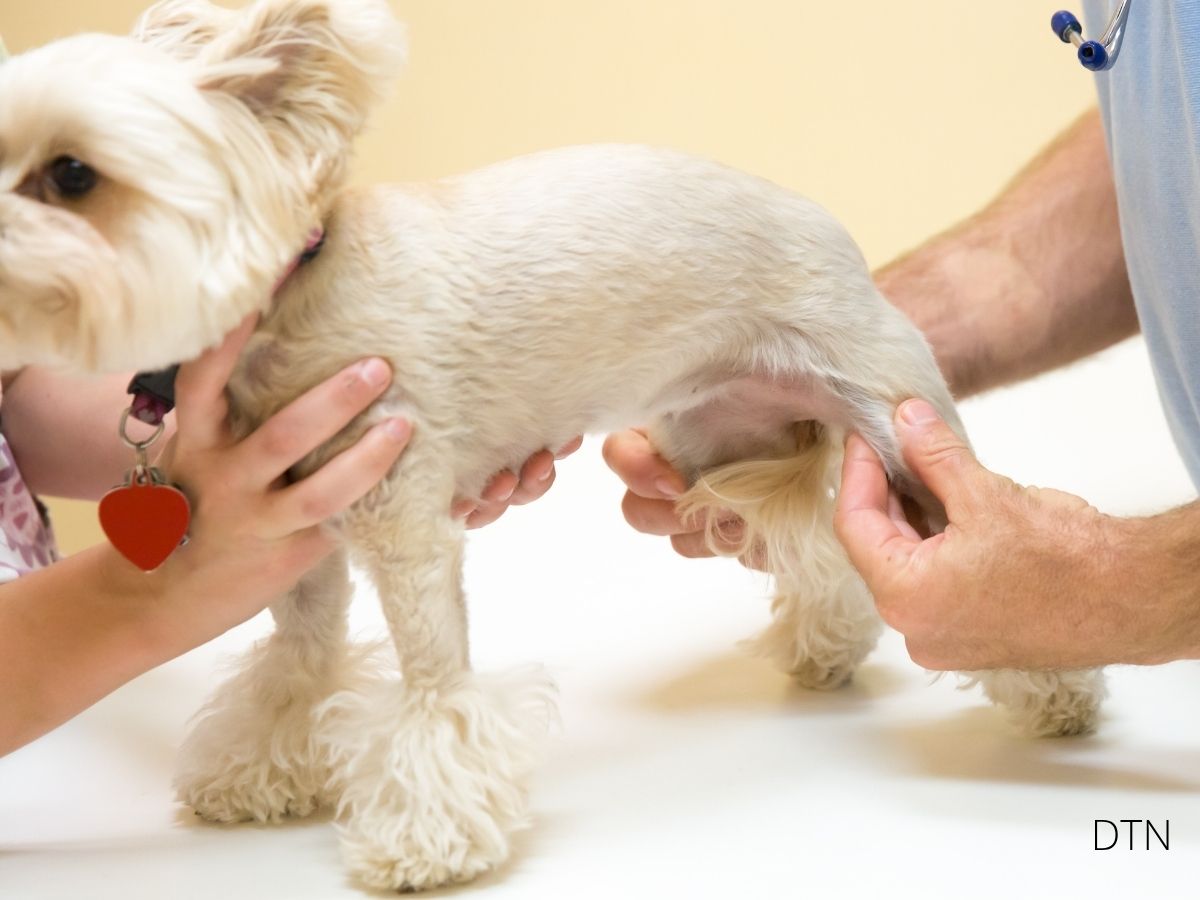Understanding Canine Scent Overload
Have you watched your dog become completely deaf to your calls, magnetically drawn to an invisible scent trail? You’re witnessing one of nature’s most remarkable sensory systems—and sometimes, its limits. With up to 300 million olfactory receptors compared to our 6 million, your dog experiences a scent-rich world we can barely imagine. But this extraordinary ability can sometimes become overwhelming.
What looks like stubbornness or disobedience might actually be sensory overload. Understanding this distinction transforms how you train your companion and deepens your relationship.
How Dogs Process Scents
Your dog’s olfactory system works like a sophisticated biological computer. When they sniff, specialized receptor neurons capture scent molecules and transform them into electrical signals racing to the brain through dedicated neural pathways.
The process happens in layers. The olfactory bulb handles basic detection (“something’s here”), the limbic system adds emotional context and memory (“this reminds me of that friendly dog”), and the prefrontal cortex makes decisions (“should I follow this or listen to my human?”).
The portion of your dog’s brain devoted to analyzing smells is proportionally 40 times greater than ours. If smell were vision, we’d be legally blind by comparison. Dogs can even determine how far away something is by analyzing when scent arrives—essentially reading the wind itself.
Their nose includes specialized structures like turbinate bones that create air currents, allowing simultaneous breathing and scent analysis. The vomeronasal organ processes pheromones and chemical signals. When you see that peculiar teeth-chattering behavior, they’re pumping scent molecules to this organ for deeper analysis.
Recognizing Scent Overload
Your usually responsive dog suddenly becomes impossible to redirect. This isn’t defiance—it’s sensory overload. In scent-rich environments like dog parks or urban corners where multiple animals have marked, their olfactory system becomes saturated with competing signals, creating a cognitive bottleneck.
Physical signs include:
- Sniffing fixation on particular spots, unable to disengage
- Sudden intense pulling toward multiple scent sources
- Dilated pupils and rapid breathing
- Complete lack of response to normally reliable cues
- Circular sniffing patterns, returning to the same spots
- Whining or vocalizing from frustration
- Overreacting to normal sounds due to cognitive overload
Research shows olfactory saturation triggers stress responses, elevating cortisol and reducing impulse control. Your dog isn’t choosing to ignore you—their cognitive resources are maxed out. It’s like trying to have a conversation while twenty televisions play different channels at full volume.
The Neuroscience of Distraction
When your dog discovers compelling scents, their brain releases dopamine—the same reward chemical triggered by food or play. This creates a reinforcement loop making sniffing intrinsically rewarding and increasingly difficult to stop. Simultaneously, norepinephrine surges drive exploratory behavior, creating a neurochemical cocktail that hijacks attention.
Dogs have finite cognitive resources, just like us. When working memory becomes overwhelmed processing olfactory information, there’s literally no room left to process your cues. Even well-trained dogs can seem to “forget” their training in scent-rich environments—their mental bandwidth is completely consumed.
Breed Differences Matter
Scent Hounds (Beagles, Bloodhounds, Basset Hounds) are olfactory specialists with genetic blueprints prioritizing scent over everything else. They possess not just more receptors but specialized features—long ears sweeping scents upward, facial wrinkles trapping odor molecules. A Beagle on a scent trail experiences a neurological state similar to human flow, where external stimuli simply don’t register.
Herding Breeds (Border Collies, Australian Shepherds) prioritize visual and auditory input over scent. Their neural architecture makes them more resistant to scent-based distraction. They can sample scents without becoming completely absorbed, though intense novel scents can still overwhelm them.
Working Dogs demonstrate that intensive training can teach selective scent focus. Detection dogs at airports process thousands of competing scents while remaining focused on trained targets through extensive reinforcement. However, even experts have limits—novel or particularly salient odors can still capture attention.
What counts is not necessarily the size of the dog in the fight — it’s the size of the fight in the dog.
– Dwight D. Eisenhower
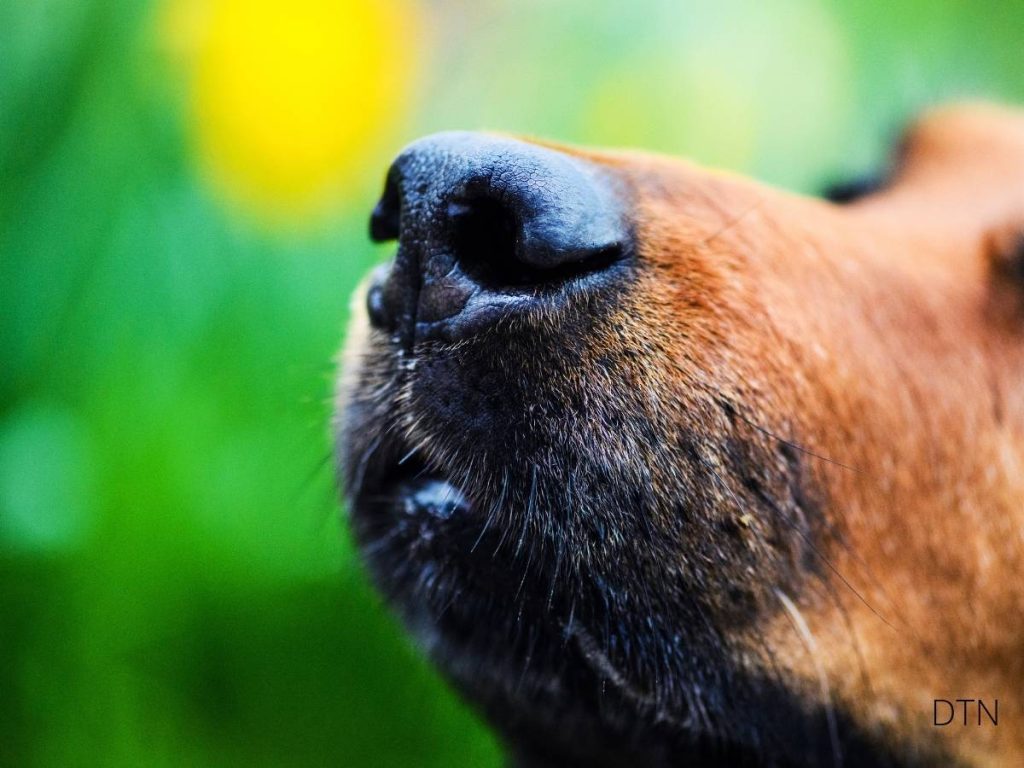
Reading Your Dog’s Nose Language
Different sniffing patterns reveal cognitive states:
Rapid surface sniffing (quick movements, short inhalations) indicates scanning for interesting scents. Your dog can still be easily redirected.
Deep air scenting (head lifted, mouth slightly open, long inhalations) shows they’re processing airborne scents from a distance, creating three-dimensional scent maps.
Tracking pattern (methodical nose-to-ground progression with pauses) means they’re following a specific trail. Their breathing becomes rhythmic and focused—this is when they’re least likely to respond.
Watch for nostril flaring intensity and the “processing freeze”—when your dog becomes statue-still with nose hovering near a scent. This indicates maximum cognitive processing, like a computer freezing while handling a large file.
Your Scent Affects Your Dog
Your emotional state creates chemical signatures your dog reads like text messages. When stressed, you release cortisol and adrenaline through skin, alerting your dog and potentially triggering corresponding stress responses. Dogs detect human stress hormones at incredibly low concentrations, responding with increased vigilance or anxiety.
Conversely, calm and happy states release oxytocin and serotonin signatures that soothe your dog. This bidirectional chemical communication explains why dogs often gravitate toward upset family members before anyone speaks.
Household products create olfactory landscapes affecting your dog’s processing. Strong artificial fragrances don’t just mask odors—they create competing signals requiring constant cognitive processing. Some dogs show avoidance toward family members wearing strong scents because the olfactory disruption is uncomfortable.
Practical Management Strategies
Structured Sniff Breaks: Start walks with 3-5 minute “sniff zones” where your dog explores freely. This initial exploration satisfies olfactory curiosity and improves subsequent focus. Throughout walks, alternate between movement sections and designated sniff breaks, creating predictable patterns.
After free sniffing periods, dogs show improved responsiveness to cues—similar to humans concentrating better after breaks. This isn’t just physical satisfaction; it allows brains to process collected information.
Pattern Training: Establish “sniff-sniff-check-in” patterns where your dog knows that after investigating two spots, they should automatically look back at you for rewards. Predictability helps them manage attention more effectively.
Scent-Marked Recall: Pair recall cues with specific unique scents (particular essential oils on your hand). When your dog is deep in sniff mode, this multi-sensory signal cuts through environmental distractions more effectively than verbal cues alone.
Environmental Strategies: Choose routes that gradually increase scent complexity rather than immediately overwhelming your dog. Early morning or late evening walks often provide calmer scent environments. Create “scent-free zones” during walks as cognitive rest periods using cues like “let’s move” paired with increased pace.
Emergency Protocols
Recognize when sniffing becomes dangerous fixation near traffic, aggressive animal traces, toxic substances, or escape risks. If your dog doesn’t respond to their name within three seconds in these situations, you need physical intervention.
The multi-sensory interrupt combines unique sounds (whistles), gentle touch on hindquarters, and immediate movement away from scent sources using body blocking rather than leash yanking. In true emergencies, an “scent bomb” (container with intense novel scents like liquid fish oil) can break fixation.
Train a separate emergency “break” command using highest-value rewards, practiced in increasingly distracting environments but never used casually. This override should predict something so rewarding that your dog’s brain automatically prioritizes it.
Supporting Olfactory Health
Nutrition matters: Omega-3 fatty acids (particularly DHA and EPA from fish oil) maintain olfactory receptor cell membrane fluidity. Aim for approximately 30mg combined EPA/DHA per pound of body weight daily. Antioxidant-rich foods (blueberries, spinach) and zinc sources (beef, pumpkin seeds) protect olfactory neurons.
Hydration is critical: The mucus layer covering olfactory epithelium must maintain specific consistency for optimal scent capture. Performance declines when body water loss exceeds just 2%. During intensive sniffing or hot weather, hydration directly impacts processing efficiency.
Timing matters: Blood flow redirects to digestion after meals, temporarily reducing olfactory processing resources. Optimal scent work occurs 2-3 hours after feeding when blood sugar is stable but digestion isn’t demanding maximum resources.
Age Considerations
Puppies (8-16 weeks) have developing systems forming lifelong neural pathways. Gentle exposure to varied but not overwhelming scent environments builds resilience. Watch for excessive yawning, inability to focus, or frantic sniffing followed by shutdown.
Adolescents (6-18 months) experience heightened olfactory sensitivity combined with hormonal fluctuations. Sexual maturity sharpens interest in reproductive scents, making previously focused puppies suddenly fixated on marking spots.
Adults (2-7 years) reach peak performance with maximum discrimination ability and processing speed. This is ideal for introducing advanced nose work while maintaining cognitive fitness.
Seniors (8+ years) need more processing time, not because noses fail but because neural processing slows. Allow longer sniff breaks, simplify scent games, and provide gentle engagement to maintain cognitive function.
The Bottom Line
Your dog’s remarkable nose is simultaneously their greatest gift and potential source of overwhelm. What appears as training failure often reflects sensory overload they can’t control or communicate. By acknowledging olfactory needs, providing structured exploration opportunities, and building strategies that work with rather than against their nose, you create a more understanding partnership.
Every dog processes scents uniquely. Your Beagle’s nose-first approach is as valid as your Border Collie’s balanced sensory style. Neither is right or wrong—they’re different ways of experiencing the world. Your role is understanding your individual dog’s needs and supporting them in navigating our scent-rich environment successfully.
Next time you watch your dog absorbed in an invisible trail, appreciate the neurological symphony in their brain. They’re not just smelling—they’re reading stories, solving puzzles, and experiencing dimensions of reality we barely imagine. With your support, they can navigate this rich sensory world while maintaining their connection to you.
